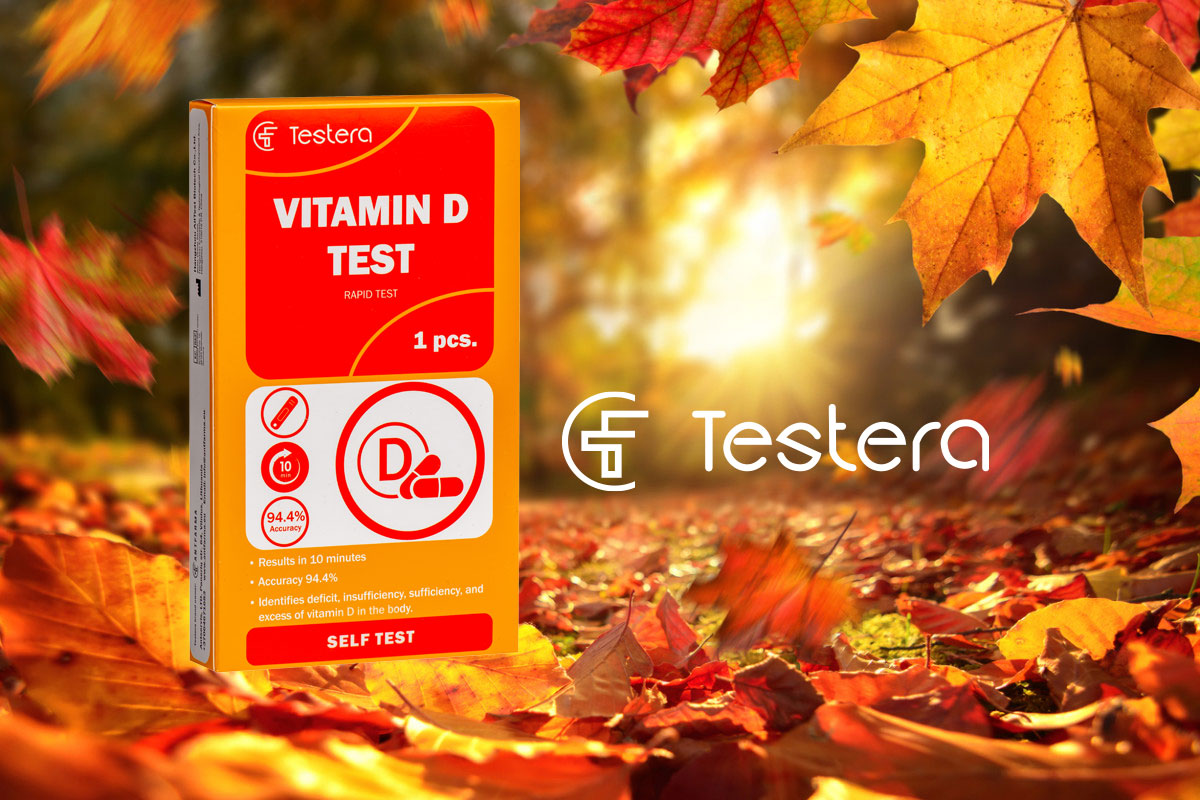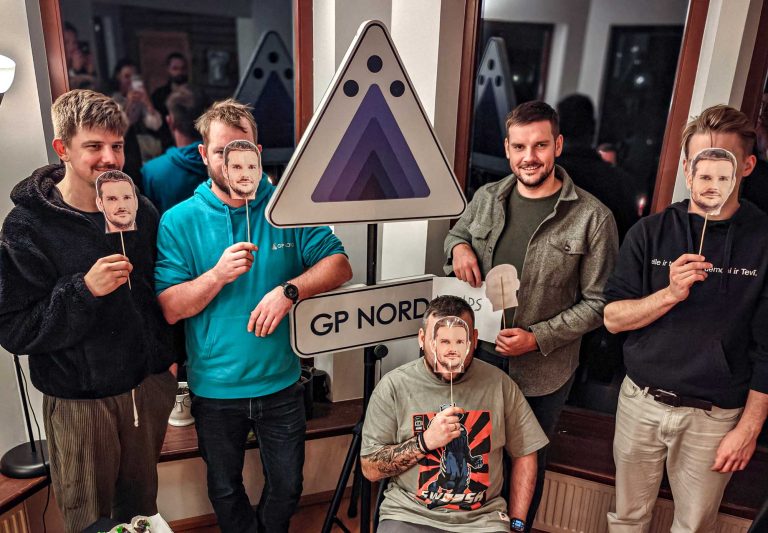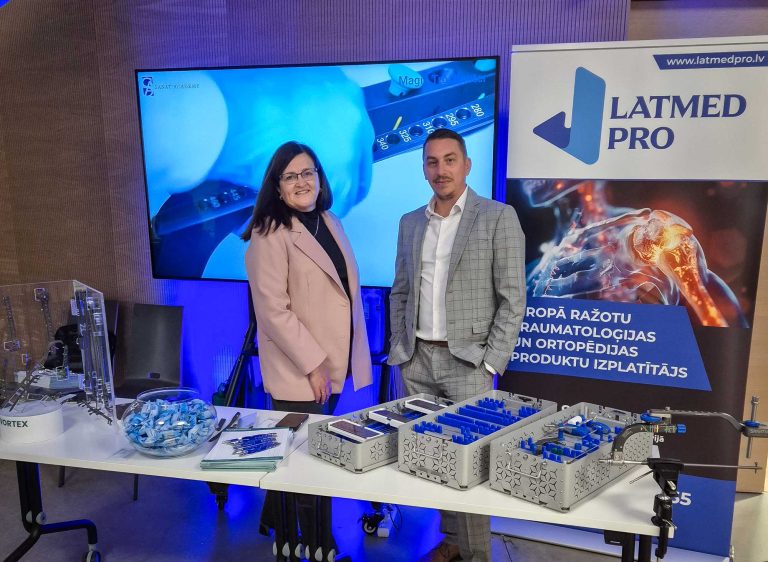GP Nord Ltd
Reg. Nr: 40203177406
Address: Kurzemes prospekts 23, Rīga, LV-1067, Latvija
With the arrival of autumn, vitamin D becomes a hot topic again, because it is very important for health. Vitamin D is known to have a positive effect on bones, as it stimulates the body’s absorption of calcium and phosphate, which are necessary for healthy and strong bones. In addition, vitamin D is important for immunity and muscle health. However, a large number of people in our latitudes lack this vitamin, so it is often necessary to take it in addition. In order to prevent Vitamin D deficiency and to determine the necessary daily dose of Vitamin D, it would be desirable to perform blood tests.
In general, 1,000 IU (IU) of vitamin D per day is recommended for infants, 2,000 IU (IU) for children 1 to 10 years old, and 4,000 IU (IU) for children 11 years and older and adults. However, if a vitamin deficiency is found, the doses may be higher, in which case a doctor should be consulted.
There are different forms of taking vitamin D, including drops, capsules, and sprays. The most important thing is to remember to take it regularly, regardless of the type you choose, to prevent Vitamin D deficiency.
There are various types and flavors of vitamin D supplements available on the market today – the choice is very wide so that everyone can find the best solution that meets their individual needs, lifestyle and comfort.
FOR ADULTS:
Capsules are the most popular way to take vitamin D, but people can have trouble swallowing them, especially children, who can choke on them.
Effervescent tablets are a convenient way to take vitamin D by dissolving them in water. In this way, vitamin D can be taken gradually throughout the day. Sporty people can add them to water and drink them even during physical activities.
FOR CHILDREN:
Drops are a great way to offer vitamin D to newborns and young children as they are easy to put into the mouth and do not pose a choking hazard. Often they also have no specific taste.
Chewable tablets are suitable for children as they often have a pleasant fruity taste and can be eaten rather than swallowed. It can also be a healthy way to replace regular sweets after breakfast or lunch.
Aerosols are well absorbed through the mucous membrane of the oral cavity, so they can be used by people with stomach problems and children. They often have a pleasant fruity taste and are easy to use without the risk of choking.
FOR SENIORS:
Effervescent tablets can be a good alternative in case of intolerance to other forms of vitamin D, as they usually do not irritate the stomach, which is often important for seniors. Such tablets are also convenient to use, they are simply dissolved in water and taken gradually throughout the day, providing both vitamin D and hydration.
Drops are also a great option for seniors as they can be added to food, such as on slices of bread for breakfast. They can be dropped into the mouth and are easy to swallow, have no specific taste and do not irritate the stomach.
In order to prevent Vitamin D deficiency, GP Nord offers the Testera Vitamin D express test, which is available in EUROAPTIEKA and other Latvian pharmacies.
 Euroaptieka customer Līga (39 years old, Riga) shares her experience with the use of Vitamin D Ekspretest:
Euroaptieka customer Līga (39 years old, Riga) shares her experience with the use of Vitamin D Ekspretest:
“At first I was skeptical about doing a vitamin D test at home – I wasn’t sure if I could do it on my own, considering that this is a test that requires drops of blood. But when I opened the test package and looked at the contents of the test box, my doubts disappeared – the product comes with very clear and understandable instructions, as well as everything you need to perform the test yourself, at home or at any other convenient place and time. The process itself is very fast and simple, most importantly – without pain. The test result is already known in 10 in minutes and it’s very basic to read and understand. I would definitely recommend this test to anyone who wants to monitor their vitamin D levels, and to people who don’t have a lab on their way or don’t have the will or time to go there.”



